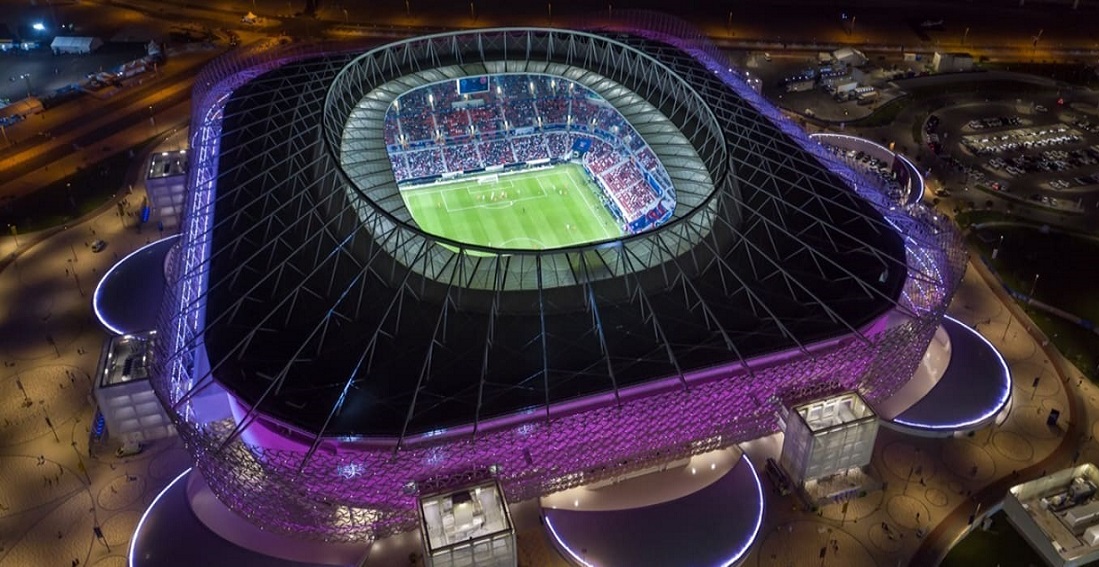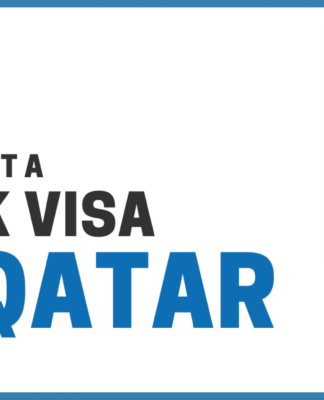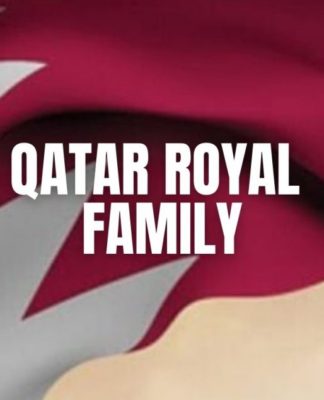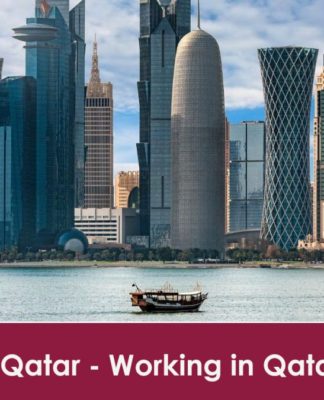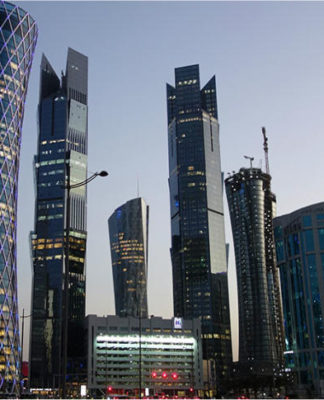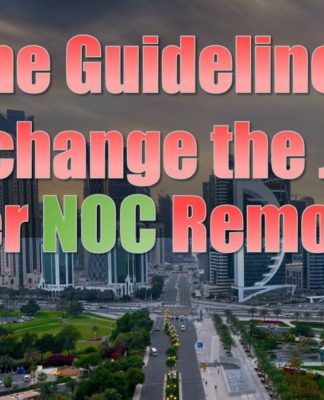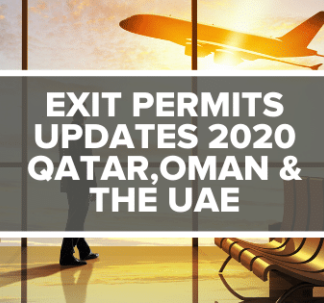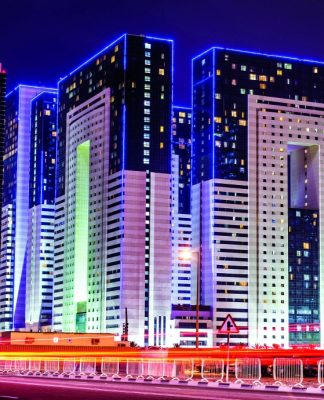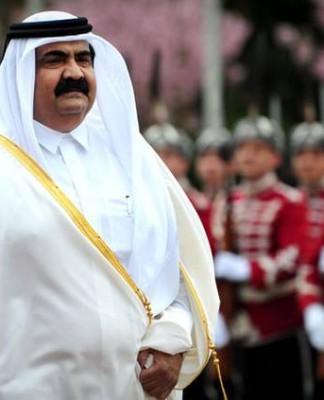The Ministry of Foreign Affairs expressed its pride in inaugurating the Ahmed bin Ali World Cup stadium in Al Rayyan, the fourth stadium for the 2022 FIFA World Cup, which was inaugurated yesterday evening by hosting the Prince Cup Final between Al Sadd and Al Arabi.
The Ministry of Foreign Affairs said, on Twitter, about the Ahmed Bin Ali Stadium, “With its architectural forms and ingenious decorations, it embodies features of the nature of life in the Qatari society, such as family bonding, the beauty of desert life and wild nature. We are proud to open this beautiful edifice.”
The stadium, which is the fourth World Cup stadium in Qatar 2022, ready from scratch, tells the story of the people of Qatar and their history through seven heritage inscriptions combined from all regions, to form a unified façade of the stadium, and these inscriptions were derived from the various stages of development and transformation of the Qatari architecture, and gathered together in a modern framework that brings together Qatar’s rich history of its present and future.
The facilities surrounding Ahmed Bin Ali Stadium, which can seat about 40,000 spectators, reflect the nature of Qatari life, as they take the form of sand dunes, a clear reference to the wonderful desert character that extends over an important part of the country.
The importance of the sand dune-like design of the stadium, which has 3 prestigious certificates in sustainability design, construction, construction management and energy efficiency, from the Global Sustainability Assessment System (GSAS), is that it is an architectural masterpiece that will become a landmark symbolizing the Qatari culture, heritage and traditions, with all its beauty and impartiality. , Combining the image of the past with the promise of a bright future.
The number of workers in the stadium project during the construction and construction stages reached about 8,000 workers, while the working hours exceeded 50 million working hours, and the stadium achieved two important figures in labor safety by reaching 20 million working hours twice without accidents.
The Ahmed Bin Ali Stadium project, which has a total area of about 450 thousand square meters, is distinguished by its adoption of special measures for the efficiency of the use of electricity and water in order to reduce the stadium’s carbon footprint to a greater degree, especially as the surrounding area will include walking and cycling tracks, in addition to 150 thousand square meters. Of the green spaces that will host endemic plants that do not consume much irrigation water.
And sustainability standards were taken into account when designing the constituent parts of the area surrounding the stadium, after the World Cup, the capacity of the 40,000-seat stadium will be reduced in half, as the other half of the seats will be dismantled and given to football development projects around the world, and the stadium in its new size after the tournament will enable the people of Al Rayyan From preserving the character of friendliness and familiarity with which their region has been known since ancient times.
Ahmed Bin Ali Stadium is located close to the Riffa Station on the Green Line of the Doha Metro, which allows fans to easily move to the stadium during matches, and the Dukhan Highway will facilitate transportation to and from the stadium, and there will be buses to transport fans from stops adjacent to the stadium.
Local companies carried out works that accounted for more than 50% of the total cost of the stadium, in addition to securing 15% of the materials used in building the stadium from recycled sources, and energy efficiency systems guarantee the stadium consumption a 20% lower level of energy compared to similar facilities,
Ahmed Bin Ali Stadium is distinguished from the rest of the World Cup stadiums as it is the only stadium that has been completely demolished and rebuilt anew. All components of the demolition have been taken advantage of, and used in the reconstruction and training grounds for the World Cup. .
The stadium includes multiple sports facilities that will make it play a pioneering role in achieving the goal of promoting healthy lifestyles in the country according to the Qatar National Vision 2030, as these facilities will form the true legacy after the end of the World Cup, which will benefit the people of Al Rayyan and the surrounding areas.
** 7 inscriptions
The facade of Ahmed Bin Ali Stadium consists of engravings of seven different symbols, namely: the shield of Rayyan, the palm tree, the sand flower, the chain, the banana swirl, the heart of the walnut, and the bride’s ring. The heart of the family and her essential role in society.
As for the inscription of the Rayyan Shield, which links the other six inscriptions to each other in a coherent fabric, it represents the values of loyalty, unity and determination, which come together to form a single inscription, is the Rayyan inscription with its past, present and future.
The second and third engravings reflect the components of the Qatari environment, from the palm trees that characterize the desert oases, to the sand flower, which symbolizes the plants that decorate the vast expanses of sand.
Qatar’s dynamic and rapidly developing character and its national vision for a prosperous nation are evident in Vision 2030 through the fourth and fifth series and the banana vortex inscriptions, which are inspired by the trade on which the Qatari economy has been based for centuries. The sixth engraving, the heart of walnut, is a popular symbol of the market, and reflects the healthy lifestyle that the stadium facilities offer to the residents of Al Rayyan.














